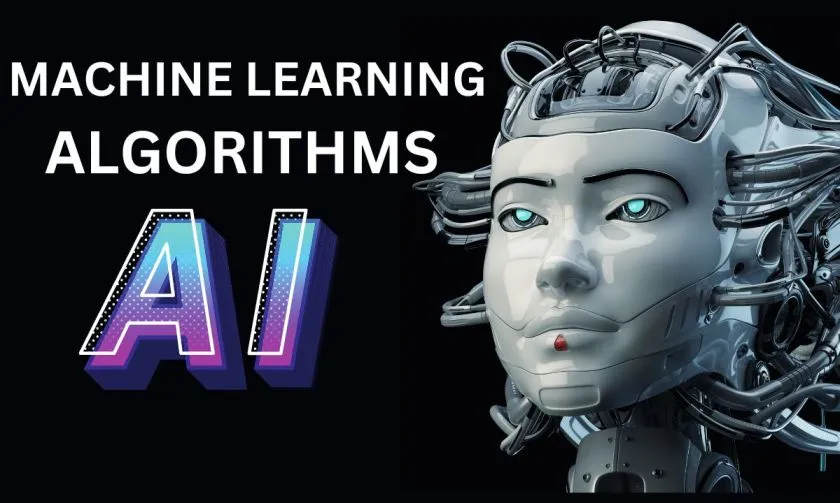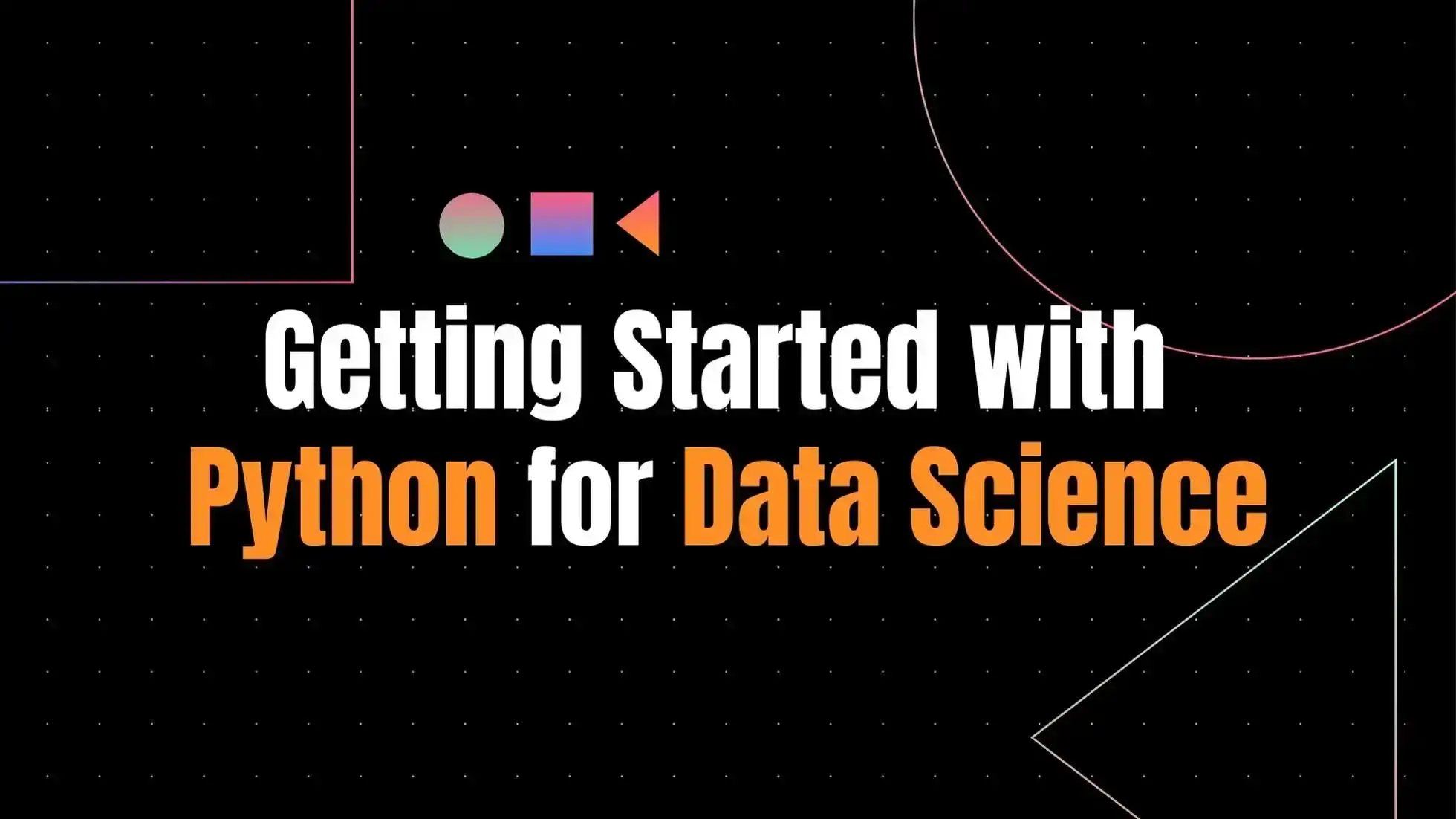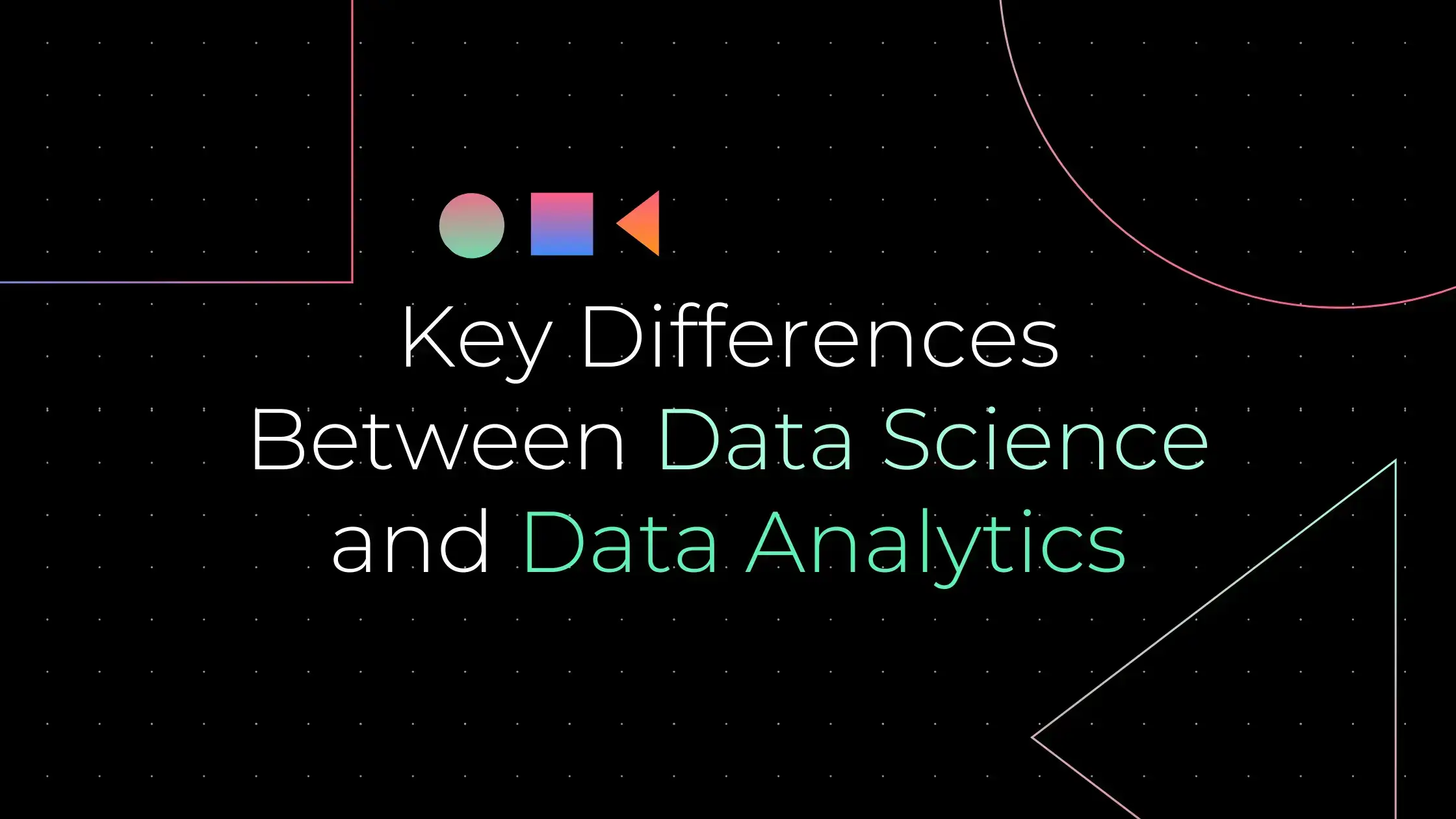Introduction to Machine Learning Algorithms in Python
Machine learning algorithms are a hot topic right now.
Do they really work? Can they be used to solve any problem? Are they really that different from traditional programming techniques?
In this article, we will unravel the myths of machine learning algorithms in Python.
We will see how they work and how they can be used to solve real-world problems. We will also see how they differ from traditional programming techniques, and why they are such an important tool for data science.
What Are Machine Learning Algorithms?
Machine learning algorithms are programs that can learn from data.
They are used to make predictions or decisions, based on patterns in the data. Machine learning algorithms can be applied to a variety of tasks, such as image recognition, text analysis, and predictive modeling.
There are many different types of machine learning algorithms, each with its own strengths and weaknesses. Some of the most popular algorithms are linear regression, logistic regression, gradient descent, and support vector machines.
Types of Machine Learning Algorithms
There are three main types of machine learning algorithms: supervised learning, unsupervised learning, and reinforcement learning.
Supervised learning algorithms are trained using a set of data that has been labeled with the correct answers. For example, if you wanted to teach a machine to distinguish between cats and dogs, you would first show it a lot of images of cats and dogs, and then label each one as cat or dog.
The machine would learn by comparing the labeled images with the unlabeled images, and gradually develop the ability to distinguish between the two.

Unsupervised learning algorithms are not trained using any labeled data. They learn by analyzing the data itself and trying to find patterns. For example, you could use an unsupervised learning algorithm to learn how to group different items together based on their similarities.
Reinforcement learning algorithms are trained using feedback from an environment. For example, you could use a reinforcement learning algorithm to teach a machine how to play a game by providing it with feedback on its performance.
When to Use Python for Machine Learning
- Python is a versatile language that can be used for a variety of purposes, including machine learning.
- Python is a high-level language that is easy to learn and use. It has a wide variety of libraries and tools that make it well-suited for machine learning.
- However, Python is not the only language that can be used for machine learning. There are a number of other languages that are also suitable for this purpose.
- When choosing a language for machine learning, it is important to consider the specific needs of the project. Python is a good choice for many projects, but it is not the only option available.
Popular Python Libraries for Machine Learning
If you are looking to become a machine learning expert in Python, then you will need to familiarize yourself with a few popular Python libraries.
Some of the most popular libraries that you can use to design algorithms and functions include Scikit-learn, TensorFlow, PyTorch, and NumPy. Scikit-learn is a great tool for building machine learning models without any expertise in programming.
Similarly, TensorFlow is an open-source library for creating neural networks and machine learning models, while PyTorch is a library for deep learning and AI applications.
Finally, NumPy is a library for scientific computing with arrays and matrices which has much to do with machine learning algorithms in Python. These tools are all essential for developing your machine learning skills in Python.
Steps to Building Machine Learning Algorithms in Python
You can go through the process of building machine learning algorithms in Python in a few simple steps. First, you need to choose a dataset. This should be a large dataset that contains plenty of examples so the algorithm can accurately predict results.
Once you have your dataset, you need to clean it up, and then create an algorithm that can accurately process the data. Once you have your algorithm ready, it’s time to test it and tweak it until it works properly. Finally, you can deploy the machine learning algorithm and use it to solve real-world problems.
Common Challenges With Implementing ML Algorithms in Python
You may come across some common challenges when implementing ML algorithms in Python. First, you will have to decide which model would suit your data best and there is no one-size-fits-all solution.
You’ll also have to make sure that your data is organized as necessary before you begin coding. Furthermore, you will also need to be aware of the various libraries available and how they interact with each other. Finally, you will have to adjust the parameters of your model to get the best results.
Conclusion
You should now have a good understanding of some of the most popular machine learning algorithms, their strengths, and weaknesses. You should also be familiar with the basic concepts of how they work.
If you’re just getting started with machine learning, I recommend following a machine learning tutorial to get a better understanding of the basics. After that, you can start experimenting with different algorithms on your own datasets.
Don’t be afraid to try different things and experiment. You’ll never know what works best until you try it yourself.







